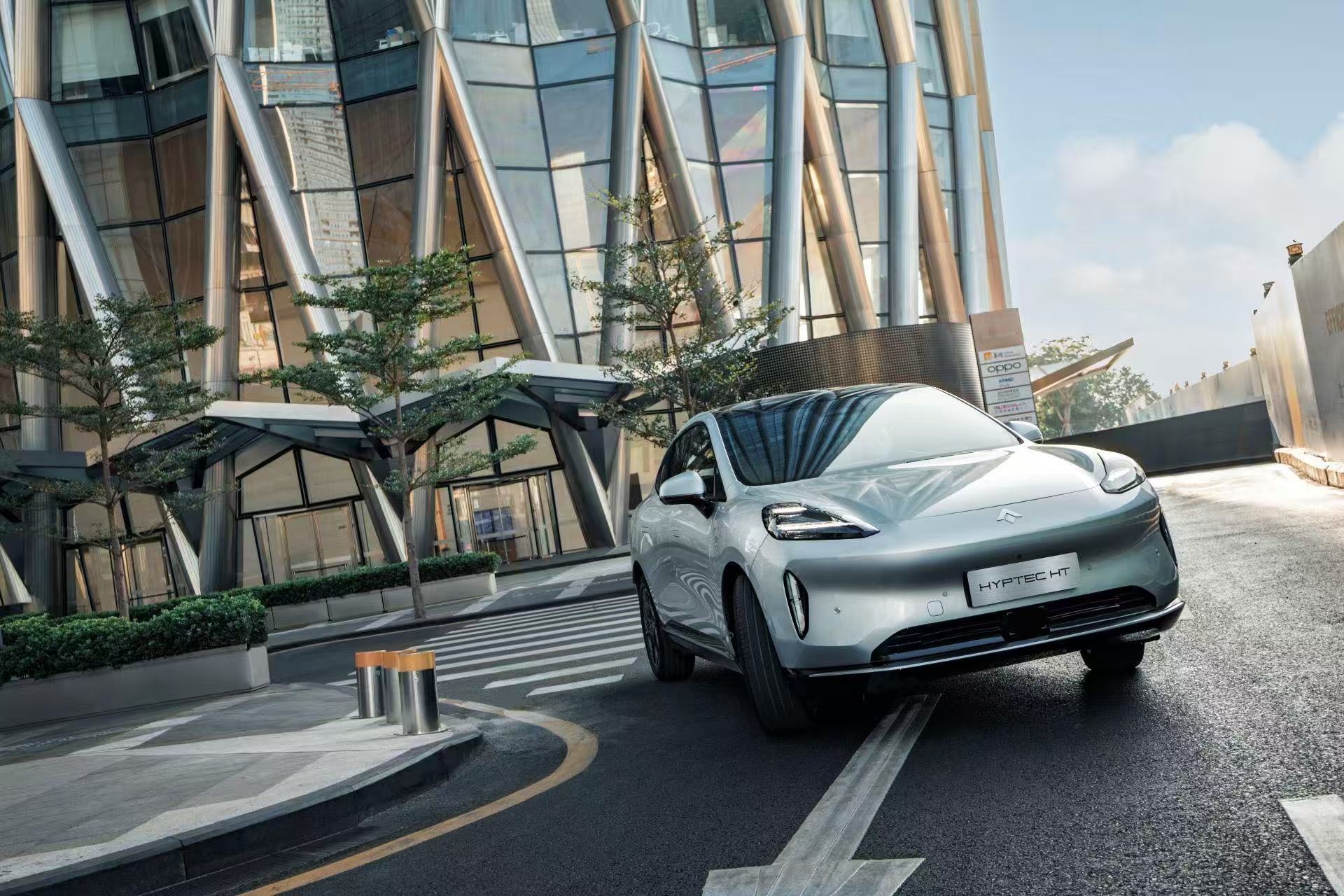If you are thinking about getting an electric car, you have probably heard a lot about one thing: the range of electric cars. But why is it such a hot topic?
The answer is simple: range is how far the car can travel on a full battery charge. And that makes all the difference in everyday life. With gasoline or diesel cars, we already know how it works—there are gas stations everywhere, and filling up the tank takes only a few minutes. With electric cars, the story is a little different.
As Brazil is still in the early stages of expanding its charging station network, many people worry about whether their car will be able to handle their daily routine or if they will get stuck somewhere. Knowing the range of an electric car is important not only to understand whether the car will be able to handle your routine, but also to avoid surprises. And the best part is: you can calculate it! With some simple information, you can get a good idea of how far the car will go on a single charge — and that helps (a lot!) when choosing the model that suits your daily life, whether it's for commuting to work, taking the kids to school, or even going on that weekend trip.

How do you calculate the range of an electric vehicle?
Actually, it's not rocket science. The most common way to calculate the range of an electric car is to use this simple formula:
Range = Battery capacity (in kWh) ÷ Average consumption (in kWh per km)
|
An example: Imagine that a car has a 60 kWh battery and an average consumption of 0.15 kWh per kilometer. Just divide: 60 ÷ 0.15 = 400 km range In other words, this car can travel about 400 kilometers on a full charge, under ideal conditions. |
Why is the range in practice usually lower than in tests?
Have you noticed that sometimes the range promised for the electric car by the manufacturer seems a little... overly optimistic? This is because these figures usually come from standardized tests, carried out under controlled conditions, without traffic, with smooth acceleration, and ideal weather.
In reality, however, the scenario is different. And for this reason, the range of an electric car in daily use may end up being much lower than the advertised figure. Let's understand what really influences this difference?

1. Objective factors
These are the factors that have to do with the car itself and its technology.
-
Vehicle efficiency
Not all electric cars consume energy in the same way. Heavier models, with four-wheel drive or less aerodynamic design, tend to consume more. Energy efficiency (how many kilometers per kWh the car can travel) directly impacts actual range.
-
Battery capacity
The greater the battery capacity(in kWh), the greater the range of the electric car tends to be. But a larger battery does not always mean much more range, especially if the car is also more powerful or heavier.
2. Subjective factors
This is where the driver's habits and external conditions come into play, and these make all the difference in everyday life.
-
Ambient temperature
Lithium batteries do not like extreme cold or heat. On cold days, for example, the car may use more energy to keep the battery warm and the interior comfortable. And that reduces range.
-
Vehicle load
Are you carrying a lot of luggage or are all the seats occupied? The extra weight requires more energy to move the car, reducing the range of the electric car.
-
Driving style
The way you drive has a huge impact. Hard acceleration and sudden braking consume much more energy. On the other hand, smoother and more consistent driving helps preserve the battery.
-
Use of accessories
Things like air conditioning, heating, sound systems, and even multimedia screens consume energy from the same source: the battery. If you tend to use all of these at the same time, you will notice a drop in the electric car's range.
Therefore, it is a good idea to think of the range of an electric car as an average value, rather than an exact rule. It is worth remembering that many electric cars today show a real-time estimate of the remaining range on the dashboard, based on recent use. Even so, knowing how to make this calculation helps a lot in better planning the use of the car and understanding whether that model fits well into your routine.
If you’re still unsure, it’s worth sending us an email to learn more about how the car fits into your daily life.
What is the range of GAC electric vehicles?
As we have seen, the range of an electric car can vary greatly depending on several factors, but it is always good to have a reference point to understand what to expect from each model.
In the Brazilian market, GAC Brazil offers several reliable electric vehicles with long range, backed by our superior technologies and powerful electric motors.
Here is a table showing the range of GAC's main electric vehicle models, along with additional information to help you understand which one best suits your usage style:
|
Model |
Electric motor power |
Estimated range (maximum) |
Highlights and ideal applications |
|
150 kW |
Up to 318, km (INMETRO) |
Great for urban use and short or medium trips. Spacious and efficient for families. |
|
|
/ |
Up to 389 km (INMETRO) |
Ideal for those who frequently travel long distances. With ultra-fast charging: 330 km in just 15 minutes! |
|
|
180–250 kW |
Standard 362 km (INMETRO) |
A luxury experience for those looking for high performance with long battery life. |
Click on the link below for more details about the AION Y, AION V, and HYPTEC HT:
*Vehicle specifications may vary depending on the market. Contact your local dealer for more information.



